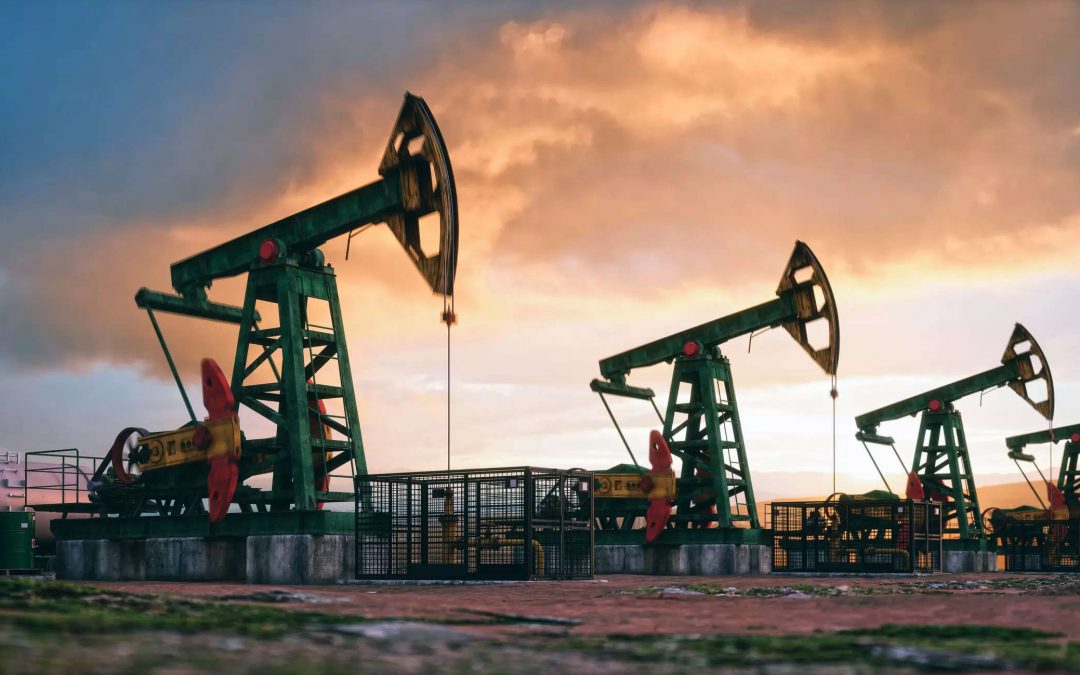More than 80% of Russian crude exports were transported by tankers operating outside of the G7’s price cap in June, hitting another high since the Western trade restrictions were in place, as Chinese tanker operators raised shipments to India.
While G7 countries and the EU have been sanctioning ships linked to Russian state interests and opaque, little-known “shadow” operators, which control the bulk of the non-price-capped fleet, China and India — the world’s No. 2 and No. 3 oil consumers — are showing little appetite to fully comply with the price cap regime.
An analysis of data from S&P Global Commodities at Sea and Maritime Intelligence Risk Suite showed that 82.5% of Russian exports last month were lifted by tankers not flagged, owned or operated by companies based in the G7, the EU, Australia, Switzerland, and Norway, and not insured by Western protection and indemnity clubs.
The share has been climbing for four months in a row, with the June reading beating the previous record of 79.3% in May and the highest since December 2022 — when G7 members and their allies banned maritime services firms subject to their jurisdictions from Russian crude exports unless the oil was sold for no more than $60/b to undermine Russia’s war chest against Ukraine.
Overall, seaborne Russian crude exports rose to 3.7 million b/d in June from 3.5 million b/d in May, supported by stronger demand from top buyer India despite Moscow’s pledges to adhere more strictly to its OPEC+ output target from this month.
Tankers operated by Chinese companies lifted 18.9 million barrels last month, outnumbering tanker operators of any other nationality for the first time since the price cap came into force. This is a jump from 13.1 million barrels in the longer month of May.
The data suggested that 96% of last month’s volumes were shipped by small, private Chinese tanker firms operating outside of the cap. Chinese state carriers tend to comply with Western sanctions due to their exposure to the global market, despite Beijing’s official opposition to the cap.
India-Bound Shipments
Chinese tanker companies, most active in transporting the Eastern Siberia-Pacific Ocean blend, a Russian Far East grade generally trading above $60/b, were increasing their liftings for Indian demand rather than their home country.
According to the data, 6.2 million barrels of total Chinese liftings last month were destined for India, up from 2.2 million barrels in May.
“With more ESPO received by India in June, the volume of Russian crude received by China and its share in China’s total crude imports are expected to continue to decline,” analysts of S&P Global Commodity Insights said in a recent note, partially attributing the development to lower Chinese refinery runs.
Of the 35 ESPO crude cargoes exported from Kozmino in June, CAS figures showed five were India-bound shipments, up from four in May and the highest since August 2023.
While Indian refiners tend to buy Russian crude via spot deals, the country’s petroleum minister, Hardeep Singh Puri, has said India was open to the idea of long-term contracts due to its bilateral ties with Russia.
“The idea of looking into long-term crude oil sale agreements with Russian suppliers makes a lot of commercial sense,” said Rajat Kapoor, managing director for oil and gas at Synergy Consulting, as term deals could involve cheaper barrels.
However, some analysts and trading sources said Indian companies remained cautious in committing to term purchases of Russian crude, with Western sanctions potentially complicating shipping and payment terms.
On June 24, the EU added Russia’s largest shipping company, Sovcomflot, and 17 oil tankers to its sanctions list, mirroring a move by the US earlier this year that temporarily disrupted Russian crude flows to India.
The UK also sanctioned Russia’s Ingosstrakh last month, the largest known protection and indemnity insurer of shadow tankers. A previous study by Commodity Insights and S&P Global Market Intelligence suggested that 107 ships totaling 10.3 million dwt were estimated to be under its coverage as of April.
Source: S&P Global





